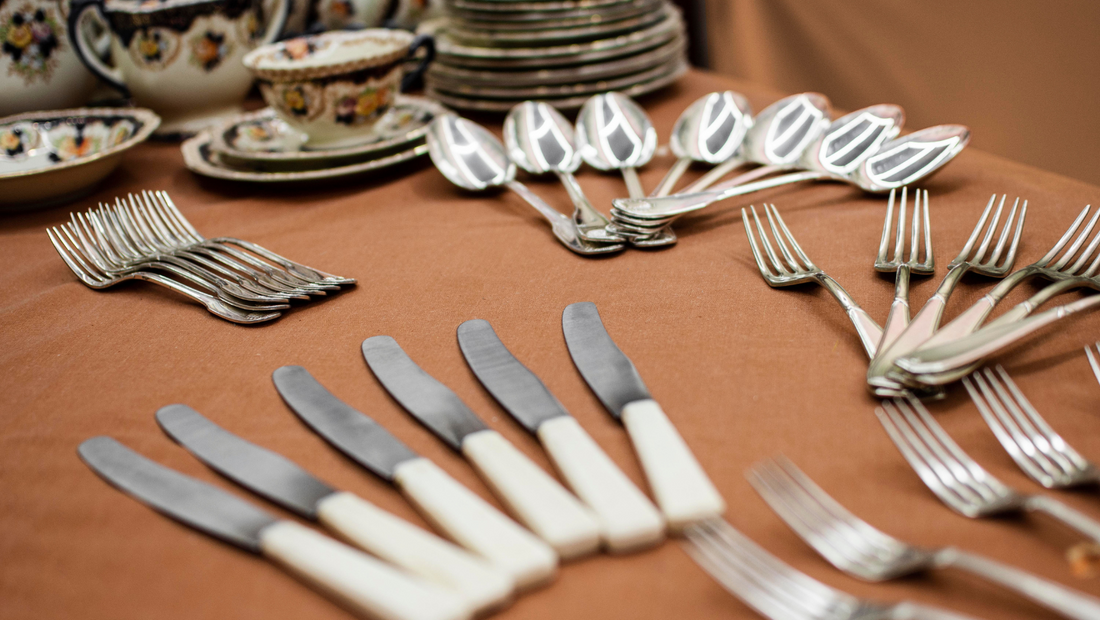
Mastering Mealtime: A Guide to Optimal Cutlery Etiquette and Usage
In Indian culture, sharing a meal is not just about satisfying hunger; it's an experience that brings people together and nurtures relationships. While the traditional Indian style of eating with hands is still popular, cutlery usage is becoming increasingly common, especially in formal and urban settings. Whether you're attending a formal dinner party or dining at a restaurant, understanding proper cutlery etiquette can enhance your dining experience and leave a lasting impression. In this guide, we'll explore the best practices for using cutlery in Indian dining settings.
- Choosing the Right Cutlery:
When it comes to Indian dining, the standard set of cutlery typically includes a fork, a knife, and a spoon. For more formal occasions, you might also find dessert spoons and forks, along with the customary serving utensils. Select cutlery that is well-balanced, comfortable to hold, and appropriate for the type of meal you're enjoying.
- Placement and Usage:
Understanding where each piece of cutlery is placed on the table and how to use it is key to a seamless dining experience. Here's a quick breakdown:
- Fork: The fork is used to spear and hold food while cutting with a knife or to guide food onto the spoon. Hold it with your left hand and prongs facing downward.
- Knife: The knife is used for cutting and dividing food. Hold it with your right hand and use it in conjunction with the fork when necessary.
- Spoon: Hold the spoon with your right hand to scoop up food, particularly gravies, sauces, and rice.
- Dessert Spoons and Forks: These are used for enjoying sweets and desserts. They are placed above the plate horizontally.
- Napkin Etiquette:
Your napkin is not just for keeping your lap clean; it also serves as a way to subtly signal your readiness during the meal. Place the napkin on your lap upon sitting down and use it to wipe your mouth as needed. When you're finished eating, loosely fold the napkin and place it to the left of your plate.
- Passing Dishes and Sharing Food:
When sharing dishes, always serve from the left and pass to the right. Allow the person to your right to take their portion before serving yourself. This practice ensures a smooth flow of dishes and prevents clashing utensils.
- Cutlery Resting Position:
Pause during your meal by placing your cutlery on the plate. Position the fork and knife with the tips facing upward in a "V" shape. This indicates to the server that you're not finished yet, but you're taking a break.
Conclusion:
Mastering cutlery etiquette in Indian dining settings can elevate your dining experience and show respect for the meal and those around you. While the traditional Indian way of eating with hands remains deeply cherished, the knowledge of using cutlery can come in handy in various situations. By adhering to these best practices, you'll navigate formal dinners and restaurant settings with ease, leaving a positive and lasting impression on your hosts and fellow diners.
Remember, good etiquette is not about showing off, but about enhancing the comfort and enjoyment of everyone present. So, whether you're savoring a hearty home-cooked meal or indulging in the delights of a fine dining establishment, your cutlery skills will surely shine.
